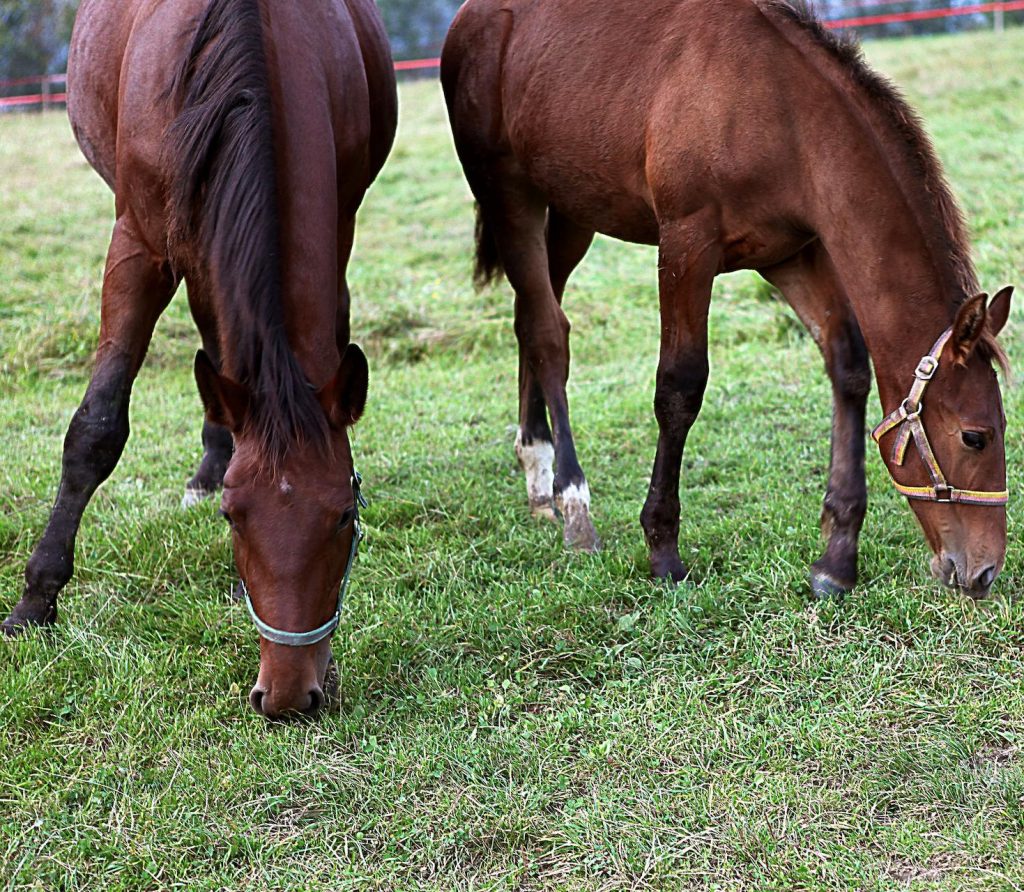Weaning foals can be a nerve-racking time for owners. They need to ensure they’re building their foals’ confidence and easing separation from their mother. In the wild, weaning can be gradual, but domesticated foals may need a different approach so that the mare can go back to work or be put in foal again. Here, we’ll discuss everything you need to know about weaning foals.
When Should You Wean?
Weaning usually starts at around 6 months of age. Between the ages of 3 and 4 months is when the foal’s digestive tract starts to gain more nutrition and fibre from forage which helps them become less dependent on their mother’s milk. This tends to be when horse feed such as Stud Feeds can start to be introduced. The foal is very dependent on milk up to this time, so weaning before this time isn’t recommended as a milk based alternative is usually required. Bottle or bucket feeding milk to a foal can be time consuming. As most foals are born in spring, weaning usually coincides with the autumn months when the grass quality is decreasing which naturally helps to dry the mare off but does mean some foals may need more support to ensure they don’t lose condition.
How Do You Wean?
Getting foals established on their own feed before weaning is ideal to help reduce the risk of weight loss post-weaning, and by this time most foals will already be sticking their heads in their mother’s bucket as they are naturally curious about what’s going on in there. Foals can react differently to the weaning process. Some may not be too concerned especially if kept in a group with other mares still present whereas others may be very vocal in their displeasure. It can be upsetting and concerning seeing a foal in a distressed state so if you are inexperienced seek the guidance and help of a professional or experienced person.
What Happens Post Weaning?
After weaning, most weanlings, yearlings and 2-year-olds are usually out in a field for most of the time and so the grass will make a significant contribution to their requirements. If they are consuming good quality grass, then they may not need additional energy from youngstock horse feeds to maintain their condition but they still need essential vitamins and minerals to support their growth and development. Copper is a key mineral for growth and development having been shown to give tendons their elasticity. A deficiency can result in contracted tendons and makes the horse look like it’s walking on tiptoes. Supplements or balancers can be given to help with a balanced diet by mixing into their feed alongside adlib hay. At 3 years of age, your horse’s growth rate should have slowed down sufficiently and in most cases, your horse will be considered an adult.
Takeaway
Weaning should be carried out using methods that maintain the health and wellbeing of yourself as well as minimising stress on the mare and foal. By preparing for weaning and creating a plan for over the weeks of weaning, this will help you to create a stress-free environment and should help set your foal up for a great future.

